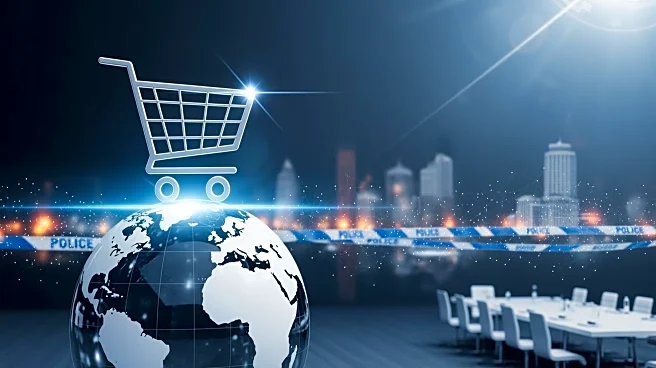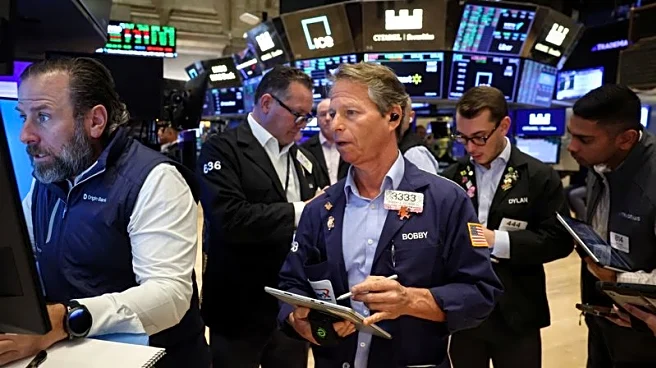What's Happening?
The history of e-commerce traces back to the late 20th century, evolving from simple electronic data interchange (EDI) systems to complex global marketplaces. The first e-commerce company, Compuserve,
was founded in 1969, providing computer sharing services. The 1990s saw the rise of major platforms like Amazon and eBay, which revolutionized online shopping. The introduction of secure payment systems like PayPal in 1998 further facilitated the growth of e-commerce. The COVID-19 pandemic accelerated this trend, with a significant increase in online shopping as consumers avoided physical stores.
Why It's Important?
Understanding the evolution of e-commerce is crucial for grasping its impact on modern retail and consumer behavior. The shift from physical to online shopping has transformed how businesses operate, offering new opportunities for growth and innovation. E-commerce has democratized access to goods and services, allowing small businesses to compete on a global scale. However, it also presents challenges, such as the need for effective cybersecurity measures and the environmental impact of increased shipping. The continued growth of e-commerce is likely to influence retail strategies and consumer expectations in the years to come.
What's Next?
The future of e-commerce is expected to involve further integration of technology, such as augmented reality and artificial intelligence, to enhance the shopping experience. Businesses will likely focus on improving logistics and delivery systems to meet consumer demand for faster shipping. Additionally, the rise of mobile commerce and social media platforms as shopping channels will continue to shape the e-commerce landscape. As the industry evolves, companies will need to adapt to changing consumer preferences and technological advancements to remain competitive.
Beyond the Headlines
The rapid growth of e-commerce raises important considerations regarding data privacy and the sustainability of online shopping practices. As more transactions occur online, ensuring the security of consumer data becomes paramount. Additionally, the environmental impact of e-commerce, particularly in terms of packaging waste and carbon emissions from delivery vehicles, is a growing concern. Addressing these issues will be critical for the long-term sustainability of the e-commerce industry.













